Hey there, ho there.
It’s me again, reporting from windy Wisconsin, where it is solidly worm weather and spring — as ever — continues its wild ways. (I went for a walk a few days ago in rain, then snow, then sun, then rain, all in about 35 minutes.) Yes, it continues to snow, but it’s no longer sticking — the ground is thawing! The cover crops are suddenly up and green! The catkins have popped! I got a haircut! I’m beginning again (over and over) and so is the world. My 2022 special edition on spring will hit your inboxes tomorrow morning 🥳
Look what I made! (If ever my palm looked like that of a witch, this is it. My dry wrinkly skin is a direct result of stirring my bubbling springtime cauldron. Do your children willingly eat nettle and burdock? Mine do, because they don’t know it’s in their soup. WITCH POWERS.)
It’s a sticker. If you want one, hit reply with your address and I’ll send one your way. (If you’re reading this outside your inbox, send me an email at canweread@substack.com.)
Muti’s Necklace: The Oldest Story in the World by Louise Hawes
Beady Bear by Don Freeman
The Rabbit Listened by Cori Doerrfeld (I reviewed this in issue No. 13)
Huge Harold by Bill Peet
Mini issue: worms!
Who doesn’t love a worm? Okay, maybe don’t answer that.
I’m not sure I love worms, but I definitely appreciate what they do.
And if you’re not yet there with me, consider this from “The Living Soil: Earthworms,” by Clive A. Edwards, via the Natural Resources Conservation Service (my NRCS-soil-conservationist husband would be very disappointed if I linked to anyone else for soil information, so here you go):
[Earthworms] are major decomposers of dead and decomposing organic matter, and derive their nutrition from the bacteria and fungi that grow upon these materials. They fragment organic matter and make major contributions to recycling the nutrients it contains.
Earthworms occur in most temperate soils and many tropical soils. They are divided into 23 families, more than 700 genera, and more than 7,000 species. They range from an inch to two yards in length and are found seasonally at all depths in the soil.
7,000 species?! So much life is happening all around us, and we’re entirely too human to see it. (Worms are amazing.)
Here’s a list of books to help you learn more about — and perhaps even learn to love? — these miraculous creatures, without whom we’d probably perish. (Really.)
Winnie Finn, Worm Farmer by Carole Brendler
Diary of a Worm by Doreen Cronin
Superworm by Julia Donaldson
Carl and the Meaning of Life by Deborah Freedman
Yucky Worms by Vivian French
Wonderful Worms by Linda Glaser (great for little ones)
Worms for Lunch? by Leonid Gore (for babies and toddlers)
An Earthworm’s Life by John Himmelman
Marty McGuire Digs Worms! by Kate Messner (early chapter book)
Up in the Garden and Down in the Dirt by Kate Messner (not exclusive to worms alone)
Wiggling Worms at Work by Wendy Pfeffer (part of the excellent nonfiction Let’s Read and Find Out Science series)
Dirty Bertie: Worms! by David Roberts (early chapter book on the easier end)
The Adventures of Lowly Worm by Richard Scarry (I know Scarry tends to be text-heavy, but Lowly Worm speaks to us all)
Lowly Worm Meets the Early Bird by Richard Scarry (early reader)
Worm Weather by Jean Taft
Curious About Worms by Kate Waters (this is my favorite nonfiction pick)
Older readers — middle school to grownups (I bought this book at a library sale two weekends ago 100% for myself) — don’t miss Worms Eat My Garbage by Mary Appelhof, especially if you are interested in setting up a worm composting system, which, of course, I am:
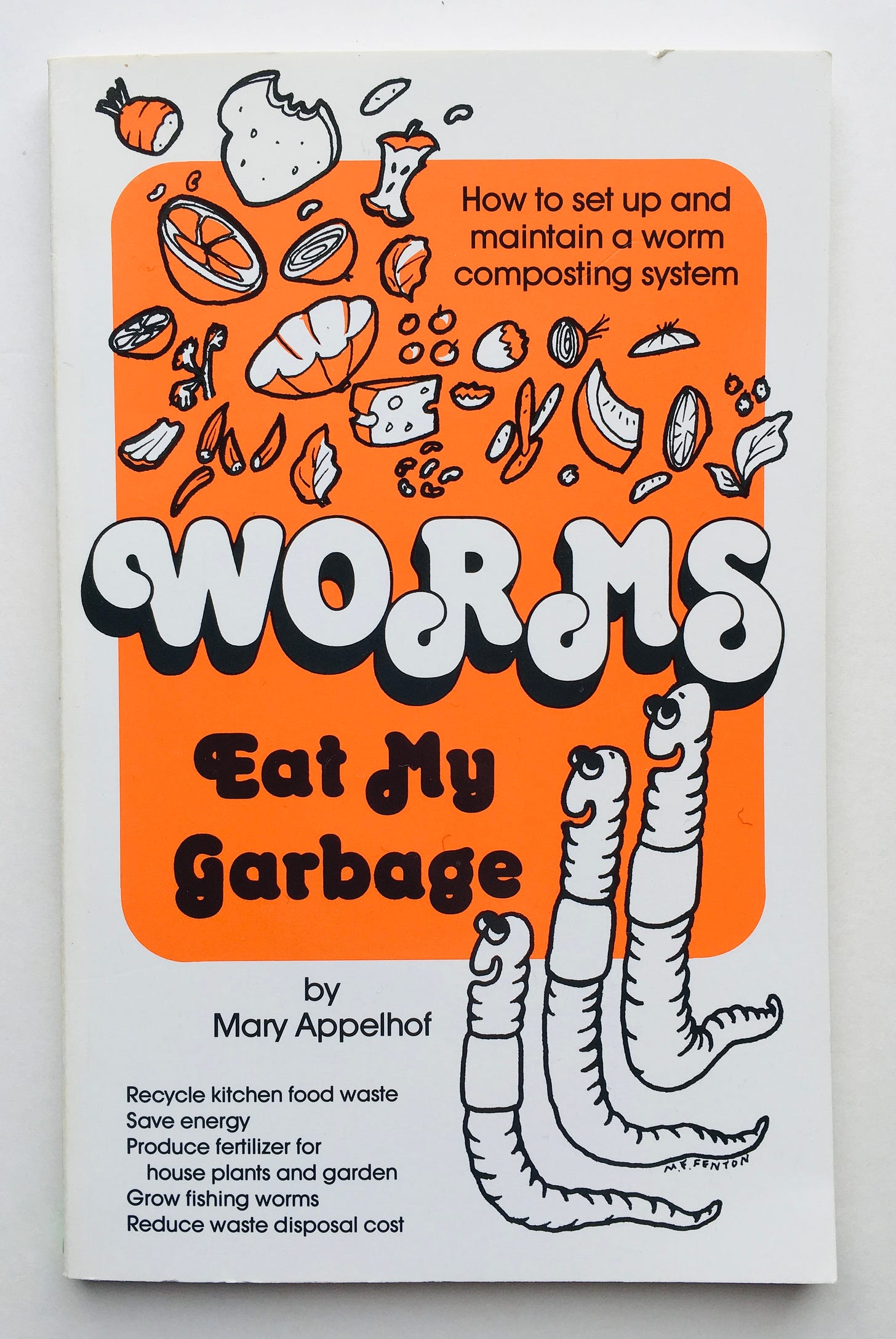
(If the miraculous work of earthworms helps you realize just how much there is on Earth to love and you want to celebrate, last week I did a handful of micro-reviews on children’s poetry books for Earth Day, in case you missed it.)
Read good books and take good care 😘
Sarah
P.S. Would you be interested in hearing what I am reading, just in these messages for you, my lovely paid subscribers? Some of you ask me this often enough to make me think it’s worth including — and of course, there is the more salient point that your children’s reading life is by no means the only reading life that matters. Let me know if this is welcome information (or not!) by hitting reply or leaving a comment.

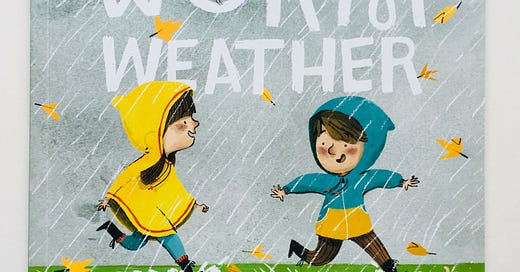


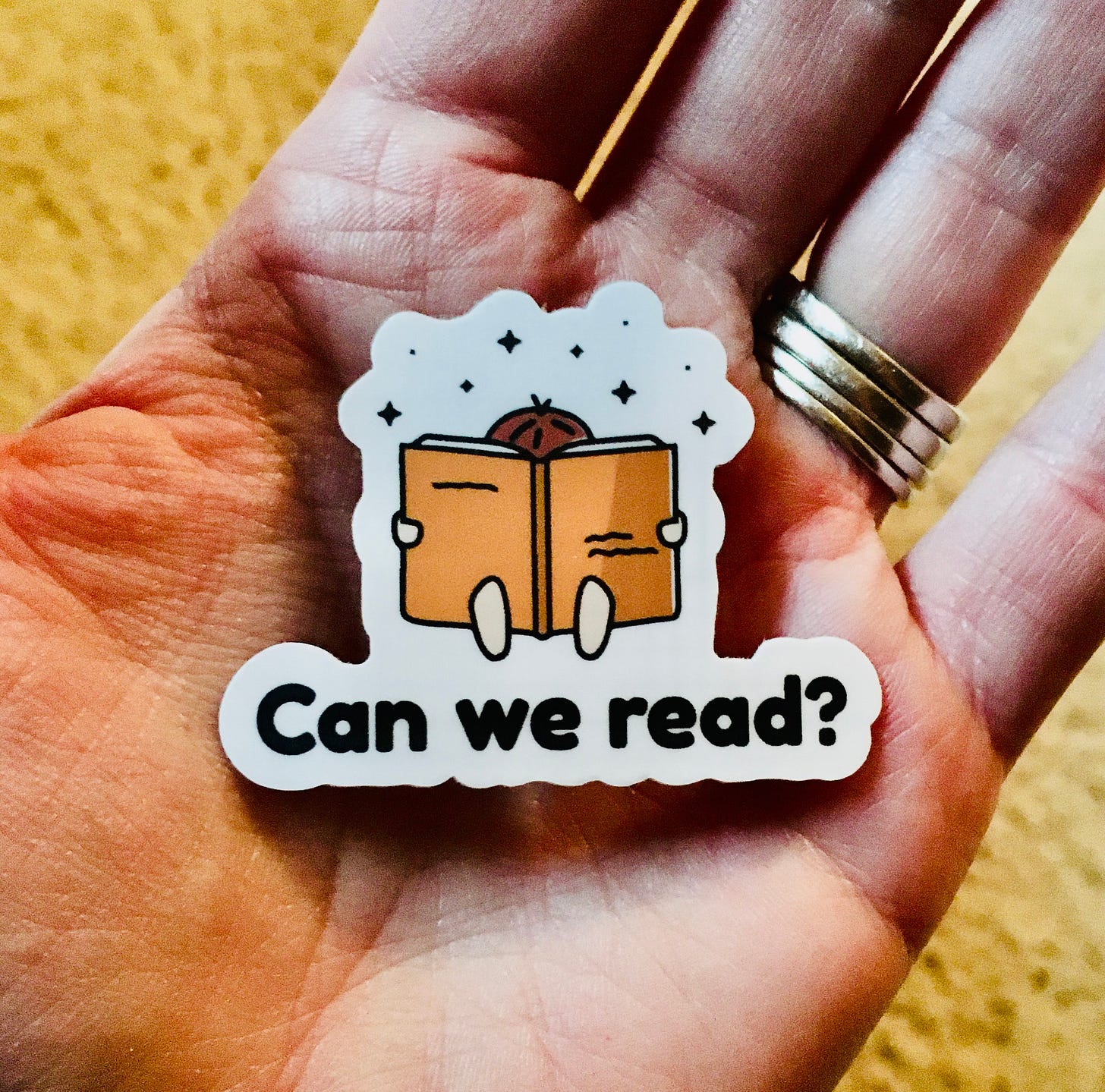


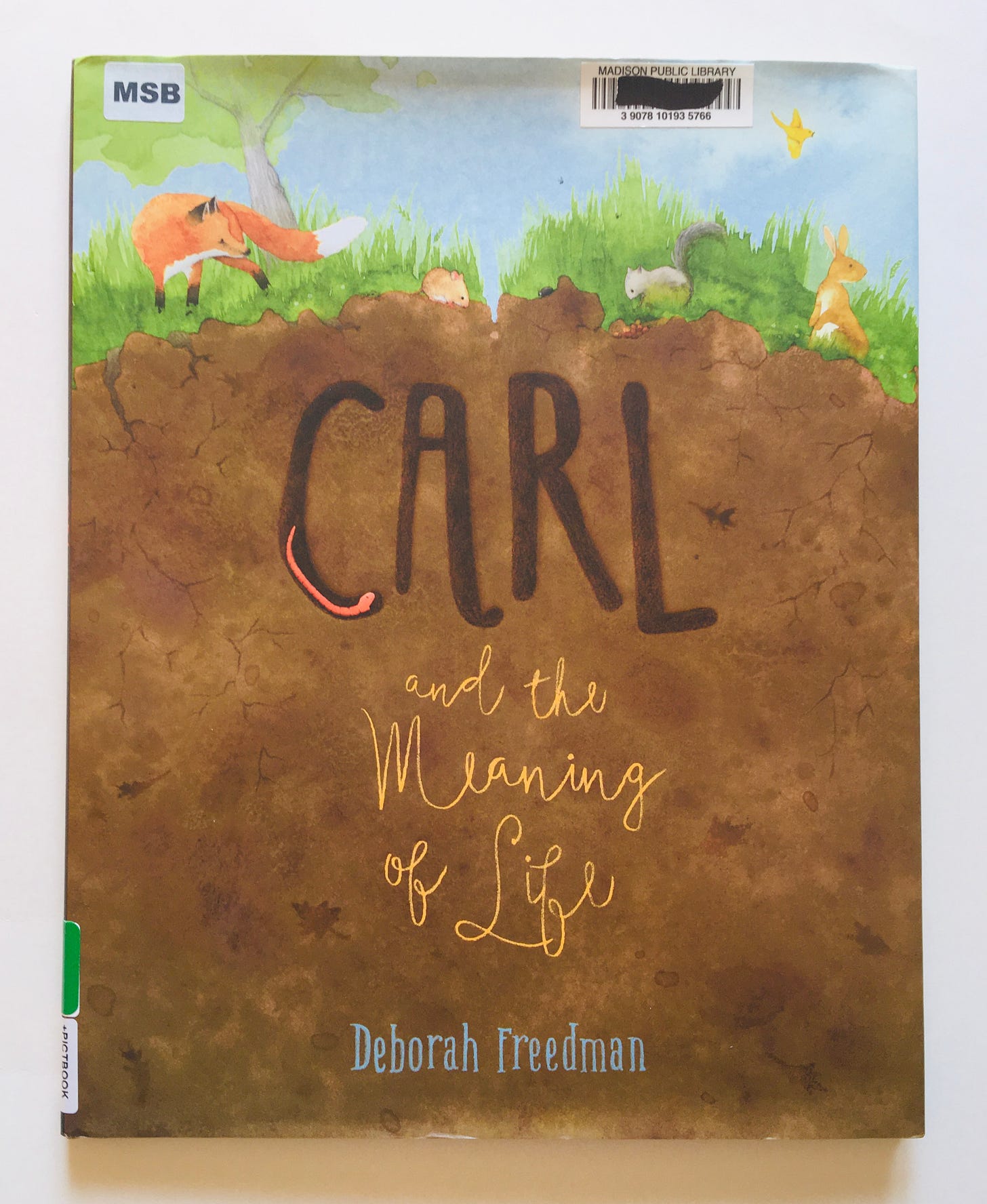
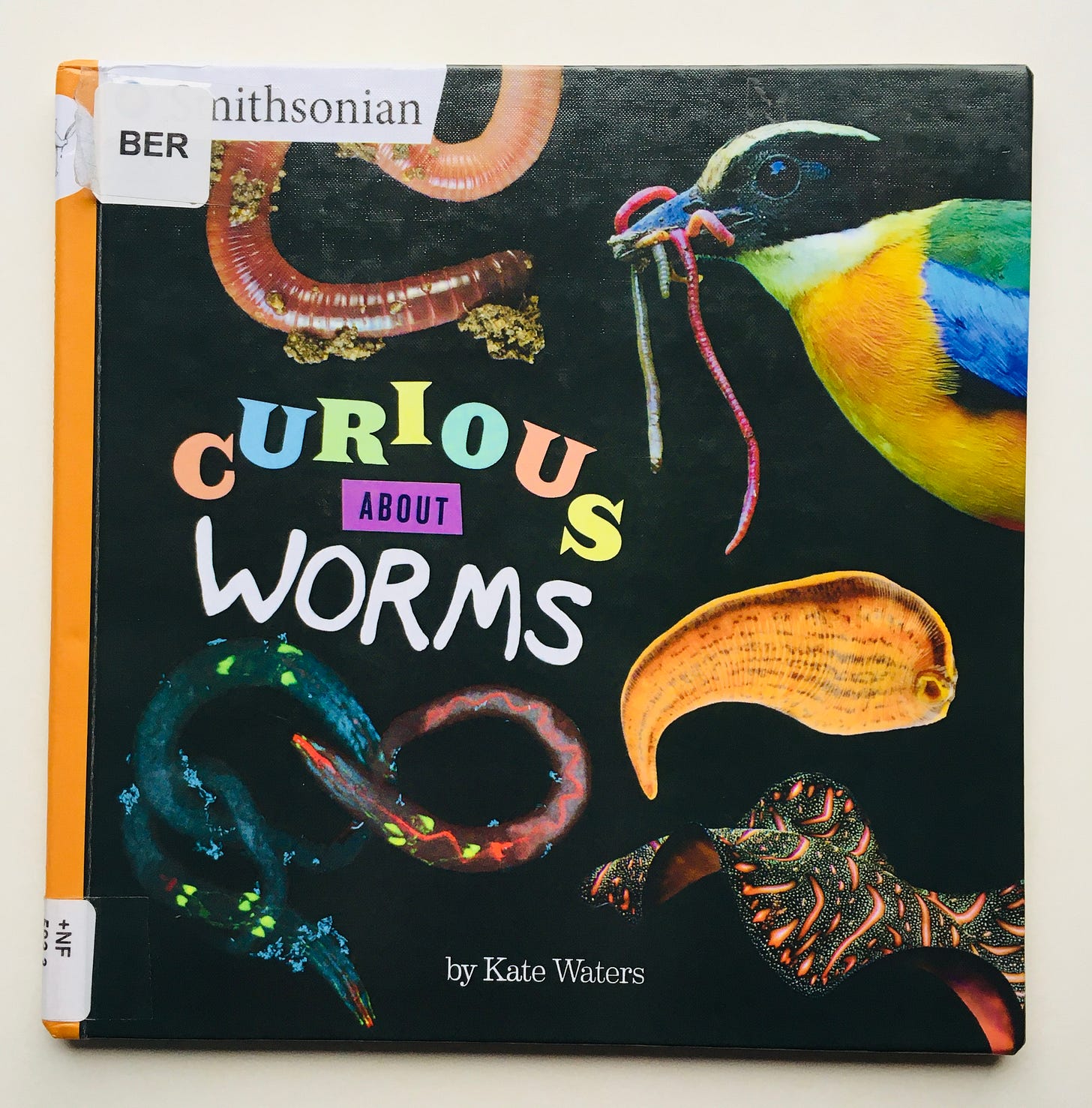
I'd love to hear more about what you read.
I would always like to know what you are reading, Sarah. Eva